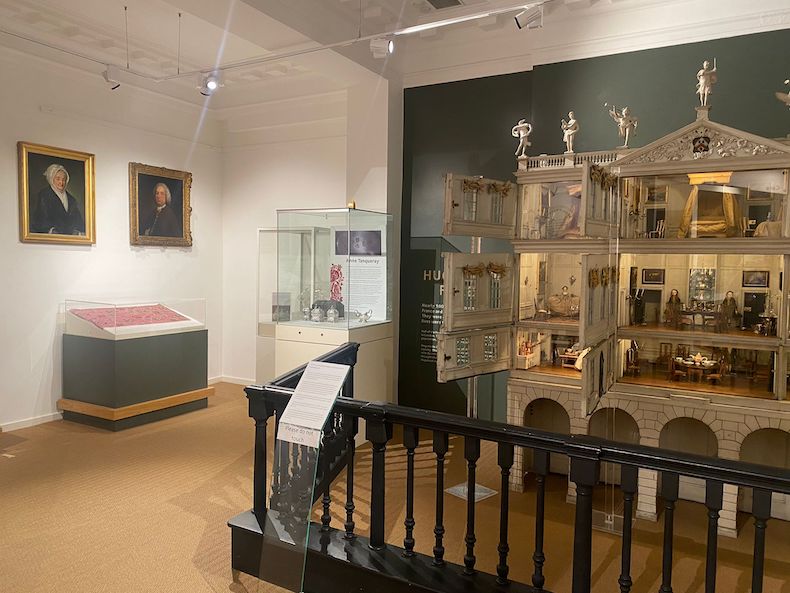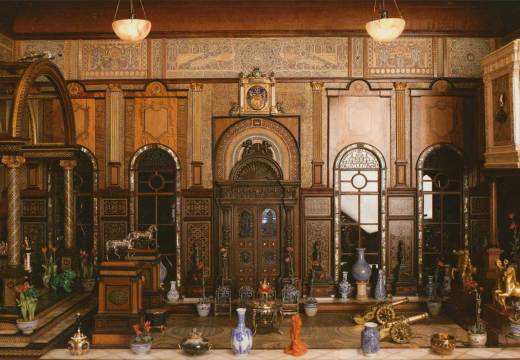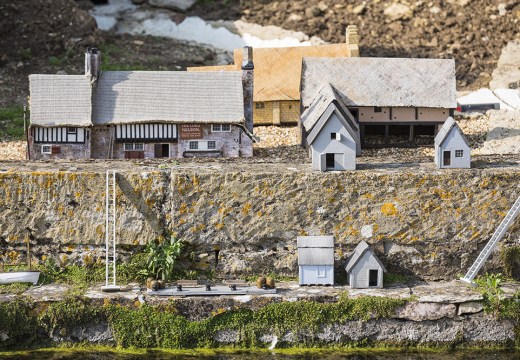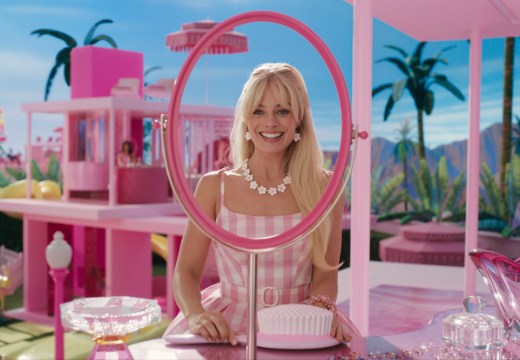Christmas tide brings the challenge of finding appropriate gifts and entertainment for children and grandchildren. The Uppark doll’s house, recently installed at the Huguenot Museum, Rochester, was given to ten-year-old Sarah Lethieullier by her father in 1732. Patricia Ferguson discovered that this remarkable miniature Neo-Palladian house was acquired fully equipped from the Covent Garden auctioneer Christopher Cock. It was used to instruct Sarah in managing a great house. The daughter of Christopher Lethieullier, wealthy merchant, Sarah was educated at the family home, Belmont, Uxbridge, west of London. Her ‘baby’ house contained the range of reception rooms and service quarters that she might expect to manage if she made a suitable marriage. True to form her husband from 1746, Matthew Fetherstonhaugh, kept her in the manner to which she was accustomed, and they acquired a grand town house in Whitehall, Westminster and a country estate at Uppark, West Sussex, now the property of the National Trust. The Lethieullier baby house was kept in their London house during her lifetime and treasured by future family generations at Uppark.
Knick-knackery, an extraordinary compendium just published by Vanessa Brett, incorporating 20 years’ research into 18th-century archives, provides a kaleidoscope of information on the suppliers and consumers of miniature household equipment three hundred years ago. Toys then were adult accessories as well as small-scale items that might appeal to youngsters. Brett surveys the range of luxury goods purveyed by specialist toyshops; gold buckles, buttons and boxes, equipages and vinaigrettes, pocket-books and elaborately cased watches. Shopping for such luxuries was a fashionable pastime, a pursuit that was recorded in letters to friends and family. Yet Brett captures more detailed descriptions from surviving invoices and information provided in press notices when precious goods were lost, stolen or advertised for sale after the death of the maker or retailer. Brett also provides evidence for materials used. The stock of Timothy Motteux, advertised after his death in 1746, demonstrates the huge supplies distributed by this East India merchant. A quantity of pearl shells, cocoa nuts, ivory for cane heads, and tortoiseshell, supplied local, national and international markets.
Specialists supplied miniature furniture fashioned in ivory, silver, mahogany and walnut suitable for a baby house. Thanks to Brett’s labours we know that in 1801, Mrs Deards (Mary Anne Gaucheron), the wife of Piccadilly toy-shop owner John Deards, exhibited ‘a variety of beautiful objects’ fashioned from shells and fish bones which she created over 30 years. They included a branch of lilies of the valley; each cup-like flower made from turbot brains. Mrs Deards credited the proprietors of the London, Free Masons and Crown and Anchor Taverns who had instructed their waiters to save all their fishbones for her use. Brett comments ‘None of Mary Anne’s work has been identified’. But on a recent visit to John Hawkins’ collection in Tasmania, I admired a set of miniature dining chairs constructed from fishbones; their silk upholstered seats with monogramed linen linings each bearing the inked inscription ‘MH(?)’.

Miniature dining chairs constructed from fishbones. Photo: courtesy of John Hawkins
Hawkins also explained the significance of the ‘cocoa nuts’ stocked by Timothy Motteux as William Hawkins, his ancestor, first mentioned the nut, as big as a walnut, as native to Chile and Brazil in the 1620s. In the 1690s the explorer William Dampier noted that these nuts were used to make beads for rosaries and bowls for tobacco pipes. Hawkins has recently assembled more 100 snuff boxes fashioned from coquilla nuts by Black African slaves working around the Atlantic.
With one exception the names of the specialist suppliers of miniatures in the Uppark baby house are not recorded. The silver lighting, dining and tea equipment is hallmarked by David Clayton, a London-based maker of miniature silver. The ivory chairs which furnish the state bedrooms were produced by specialist turners, likely second-generation Huguenot craftsmen, whose families, Protestant refugees from Catholic France, came from Dieppe, a centre for trade in ivory. This remarkable confection, inhabited by wooden dolls representing the lady of the house and her servants, captures the social hierarchy of mistress and household.

The Uppark doll’s house at the Huguenot Museum, Rochester. Photo: courtesy the author
The Lethieullier dolls house has been lent to the Huguenot Museum, Rochester by the National Trust until spring 2025 providing an opportunity to study its 700 miniature contents and to learn about Sarah’s family life. Her father Christopher and brother Benjamin served as directors of the Bank of England. Sarah painted in watercolour and embroidered; examples of both are preserved at Uppark. In 1752 she accompanied her brother and husband on the Grand Tour to Rome where their portraits were painted by Pompeo Batoni and they collected paintings and furniture for Uppark. Sarah’s childhood gift thus fostered a life-long engagement with collecting and the Uppark ‘baby’ house continues to inspire visitors of all ages today. A doll’s house festival in Kensington earlier this month demonstrates that the fascination continues; it is still possible to acquire hallmarked miniature silver made in West Sussex.
Knick-Knackery: The Deards Family and their Luxury Shops, 1685–1785 by Vanessa Brett is available from www.vanessabrett.co.uk
The Uppark doll’s house is on display at the Huguenot Museum, Rochester until spring 2025.
Unlimited access from just $16 every 3 months
Subscribe to get unlimited and exclusive access to the top art stories, interviews and exhibition reviews.














![Masterpiece [Re]discovery 2022. Photo: Ben Fisher Photography, courtesy of Masterpiece London](http://www.apollo-magazine.com/wp-content/uploads/2022/07/MPL2022_4263.jpg)
Has arts punditry become a perk for politicos?